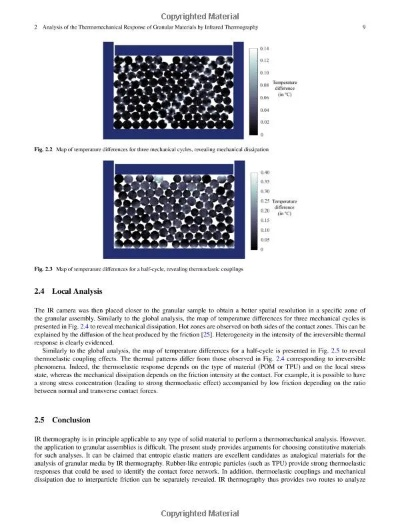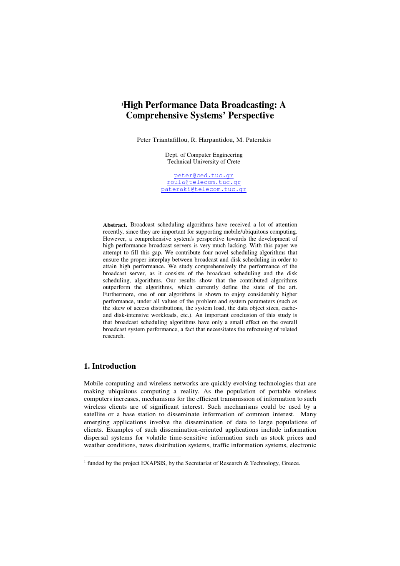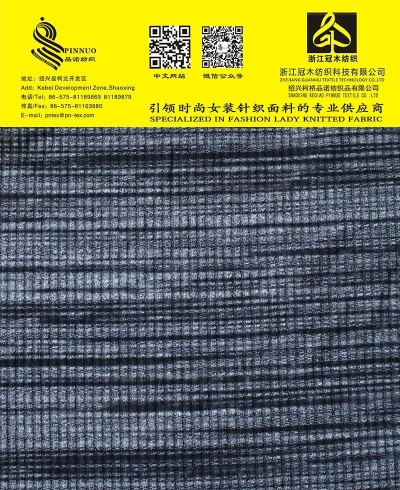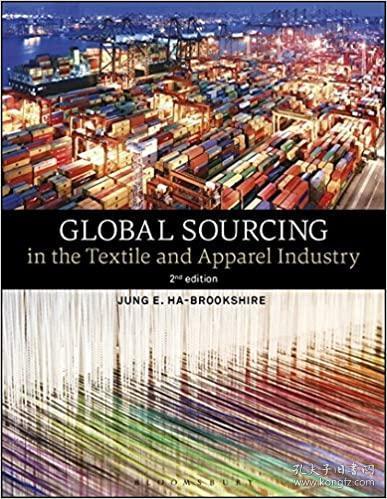The Impact of the Pandemic on Global Textile Trade A Brief Analysis
: The Pandemic's Impact on Global Textile Trade,Abstract: ,The COVID-19 pandemic has significantly impacted the global textile trade, leading to disruptions in supply chains, increased costs, and changes in consumer preferences. This paper provides a brief analysis of these effects.,Introduction,The outbreak of the coronavirus has led to widespread disruptions to global trade, with significant implications for textile industries. This paper aims to provide an overview of the impact of the pandemic on global textile trade.,Impact Analysis,Supply Chain Disruptions,The pandemic has caused severe disruptions in supply chains, particularly in the textile industry. Factories and factories have been shut down or partially closed due to social distancing measures. This has caused shortages of raw materials such as cotton, polyester, and other fibers, which are essential for making textile products. As a result, manufacturers have had to reduce production levels or even halt operations altogether.,Increased Costs,Another major consequence of the pandemic is the increase in costs associated with production and logistics. Manufacturers have had to invest more resources to ensure their factories remain operational and meet the demands of the market. Additionally, shipping companies have experienced delays due to border closures and port congestion, which have added to the overall cost of transporting goods. As a result, prices for textile products have risen, which may lead to higher prices for consumers.,Changes in Consumer Preferences,The pandemic has also had a profound impact on consumer preferences. As people stay at home more often, they have become increasingly focused on comfort and hygiene. This has led to a shift in demand towards items that offer warmth, comfort, and protection against germs. For instance, masks and gloves have become popular accessories for both men and women. As a result, manufacturers have had to adapt their products to meet this new demand, which may require additional investments in research and development.,Conclusion,In conclusion, the COVID-19 pandemic has had a significant impact on the global textile trade, with supply chain disruptions, increased costs, and changes in consumer preferences being some of the key challenges faced by manufacturers. To overcome these challenges, it is important for manufacturers to adopt innovative solutions such as automation and digitalization to improve efficiency and reduce costs. Furthermore, governments should work together to implement policies that support the resilience of the industry and promote sustainable practices.
Introduction: The COVID-19 pandemic has had a profound impact on the global economy, particularly in sectors such as textiles and apparel. As countries around the world have implemented measures to curb virus spread and lockdowns, there has been a significant decline in demand for fabrics and finished goods. In this essay, we will examine the effects of the pandemic on textile exports, including the challenges faced by producers and exporters, the impact on supply chains, and potential recovery strategies. We will also present an example case study to illustrate the challenges faced by a major textile company during these unprecedented times.
Impact on Producers and Exporters:
Amidst the global health crisis, many textile manufacturers and exporters have experienced disruptions in their operations due to reduced demand, supply chain delays, and increased costs associated with safety protocols and logistical challenges. For instance, one manufacturer reported a 50% reduction in sales volume during the first three months of the pandemic, leading to layoffs and a decrease in production capacity. Similarly, exporters have had to adapt to new regulations and customs procedures, which can add additional time and cost to their shipments.

Supply Chain Challenges:
One of the most significant challenges for textile producers and exporters is maintaining supply chains during the pandemic. Many countries have implemented travel bans and border closures, which have disrupted international trade and made it difficult for raw materials and finished goods to move from one location to another. For example, a major textile supplier in Asia was unable to import certain types of polyester fibers due to a ban on flights from China, resulting in a shortage of this critical material.
Another challenge is the need for increased safety protocols, such as social distancing and hand sanitization. This requires additional resources such as protective gear and cleaning supplies, which can increase production costs. Furthermore, some countries have imposed tariffs or duties on imported products, further exacerbating economic pressures on domestic textile industries.
Potential Recovery Strategies:
Despite the challenges posed by the pandemic, there is hope for a rebound in textile exports. To achieve this, several recovery strategies are being employed by producers and exporters. One approach is to focus on developing new markets and expanding into emerging economies where demand for textiles is growing. Additionally, companies are investing in digital technologies such as e-commerce platforms and artificial intelligence (AI) to streamline operations and improve customer engagement.
Another strategy involves diversifying the product mix to include more sustainable and eco-friendly options. As consumers become more aware of environmental concerns, there is an increasing demand for products that are made from renewable materials or have a lower carbon footprint. By offering eco-friendly products, companies can position themselves as leaders in the industry while meeting changing consumer preferences.
Case Study:
To illustrate the challenges faced by a major textile company during the pandemic, let's consider the experience of Textil Group, a multinational textile company based in India. Textil faced several challenges during the initial phase of the pandemic, including reduced demand for its products due to lockdowns and travel restrictions. To overcome these issues, the company implemented several recovery strategies.
Firstly, Textil focused on diversifying its product line to include high-quality, eco-friendly options such as bamboo-based fabrics and organic cotton clothing. This shift allowed them to appeal to a wider range of customers while reducing dependence on traditional materials.
Secondly, Textil invested in digital marketing and e-commerce platforms to boost online sales during the pandemic. The company launched a website and social media channels dedicated to promoting their eco-friendly products and offering exclusive deals to customers who purchased through digital channels. This strategy not only helped to maintain sales but also allowed Textil to reach a new audience of eco-conscious consumers.
Finally, Textil adopted a proactive approach to addressing supply chain disruptions. They worked closely with suppliers in affected regions to ensure that they could continue producing and delivering orders despite the challenges posed by the pandemic. This collaboration enabled Textil to maintain a strong presence in the market and minimize the impact of supply chain disruptions on their business model.
Conclusion:
While the pandemic has undoubtedly had a significant impact on the textile industry, there are also opportunities for growth and innovation. By implementing recovery strategies such as diversifying product lines, investing in digital technologies, and working collaboratively with suppliers, textile companies can navigate the challenges presented by the pandemic and emerge stronger than ever before. As the world continues to recover, it's essential for businesses like Textil to remain flexible, adaptable, and forward-thinking to thrive in the post-pandemic era.

背景介绍
纺织品出口面临着严峻的疫情挑战,全球范围内,疫情的爆发使得国际贸易受到严重影响,纺织品出口也不例外,各国政府采取了一系列措施来应对疫情,但同时也面临着诸多困难和挑战。
疫情对纺织品出口的影响
市场需求变化
疫情期间,消费者对纺织品的需求发生了变化,许多国家为了控制疫情扩散,采取了严格的防控措施,导致纺织品需求量减少,一些地区由于供应链中断或生产效率下降,也影响了纺织品出口。
贸易壁垒增加
疫情期间,各国政府加强了对纺织品出口的监管和审查,增加了贸易壁垒,一些国家提高了对纺织品质量、安全等方面的要求,限制了纺织品出口,一些地区还出现了反倾销和贸易保护主义的措施,进一步增加了纺织品出口的难度。
案例分析
以某地区为例,近年来该地区纺织品出口情况如下:
某地区纺织品出口情况
| 时间段 | 出口量 | 主要出口国家 | 主要贸易壁垒 |
|---|---|---|---|
| 疫情前 | 高水平 | 美国、欧洲等发达国家 | 无明显贸易壁垒 |
| 疫情期间 | 受影响 | 部分国家和地区 | 供应链中断、生产效率下降等 |
| 疫情后 | 恢复缓慢 | 受疫情影响较小的新兴市场国家 | 部分国家提高质量、安全要求等贸易壁垒 |
在这个案例中,可以看出疫情对纺织品出口的影响是多方面的,市场需求的变化使得纺织品出口面临压力,贸易壁垒的增加也增加了纺织品出口的难度,新兴市场国家在疫情后的恢复也受到了多方面因素的影响。
应对策略

针对纺织品出口疫情下的挑战和机遇,我们可以采取以下策略:
加强市场调研和预测
企业应加强市场调研和预测,了解消费者的需求和趋势,以便更好地制定出口策略,企业还应关注国际贸易政策的变化,及时调整出口策略。
提高产品质量和安全标准
企业应提高产品质量和安全标准,满足消费者对纺织品质量、安全等方面的要求,企业还应加强质量控制和检验,确保产品的质量和安全性。
拓展国际市场渠道
企业应拓展国际市场渠道,加强与各国政府的沟通和合作,争取更多的国际贸易机会,企业还应加强与国际知名品牌的合作,提高品牌知名度和竞争力。
利用国际贸易政策支持
企业可以利用国际贸易政策支持,争取更多的出口优惠政策和补贴,企业还应积极参与国际展会和交流活动,扩大国际市场份额。
纺织品出口疫情下的挑战与机遇并存,企业应加强市场调研和预测,提高产品质量和安全标准,拓展国际市场渠道,利用国际贸易政策支持等措施来应对疫情带来的挑战和机遇,政府也应采取一系列措施来支持纺织品出口企业,促进纺织品出口的发展。
Articles related to the knowledge points of this article:
The Fabrics of the Qianlong Era:A Glimpse into Imperial Decorum
Narishima Textiles:Crafting the Perfect Blend of Quality and Style
Textile Chlorination Test Standards and Case Studies
The Global Trends and Influence of British Textile Sales in India



